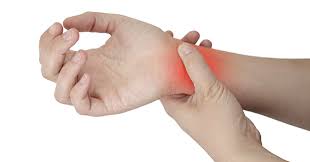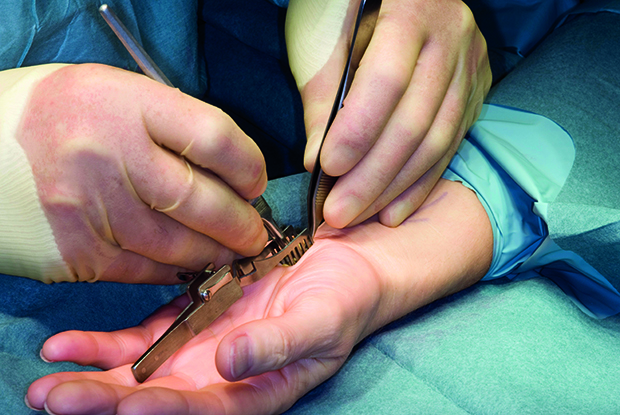Eshealthtips.com – A non-surgical treatment for ulnar tunnel syndrome may be an option for you. While nonsurgical treatments are generally faster and less invasive, they do not work as well as surgery. In certain cases, a bone fragment or cyst may press on the nerve. If these factors are the cause of ulnar tunnel syndrome, surgery may be necessary. In such cases, a surgeon may need to cut a ligament or remove a cyst to relieve pressure on the nerve.
Symptoms of Ulnar Tunnel Syndrome
Symptoms of ulnar tunnel syndrome may include numbness in the inside of the ring finger and tingling in the outside of the little finger. In rare cases, a broken hamate bone can also cause this condition. People who play sports or work with vibrating tools may be at risk. Your doctor will likely want to discuss your medical history and your activities to make sure you don’t have any other underlying medical conditions.
An orthopedic surgeon can diagnose ulnar tunnel syndrome through a physical exam and review of your medical history. The doctor will also perform tests that measure the strength and bulk of your muscles, such as a Wartenberg’s sign. These tests will determine the cause of the symptoms of ulnar tunnel syndrome. A conservative approach is typically appropriate. Patients who can tolerate physical therapy and medications should discuss their options with their physician.

Because ulnar nerves travel through the elbow, abnormal growths can press on them. The nerve can move back and forth as you bend your elbow. This irritates the nerve, causing swelling and extra muscle tissue to grow around it. Acute and chronic case of ulnar tunnel syndrome may result in loss of sensation, tingling, or weakness in the hand. In extreme cases, the condition may lead to difficulty manipulating objects and moving the fingers.
Physical Therapy can Help Reduce Symptoms
A diagnosis of ulnar tunnel syndrome requires an accurate diagnosis and an appropriate treatment. Physiotherapy may provide symptomatic relief by reducing the intensity and frequency of exercises. In addition, patients may want to avoid resting their arms on their desks as this places extra pressure on the nerve. Using a wrist brace while working may also provide relief. For severe cases, physical therapy may help reduce the symptoms and prevent permanent damage.

Patients with ulnar tunnel syndrome may experience pain, numbness, and tingling in the ring and little fingers. In severe cases, this condition may result in weakness in the arm or hand and may even lead to paralysis. Patients may also experience problems opening jars or playing musical instruments. To determine the cause of ulnar tunnel syndrome, a doctor will examine the affected area. If the condition has not been diagnosed yet, treatment options include surgical procedures and nonsurgical measures.
Causes of Wrist Pain and How to Treat
Conservative treatment for ulnar tunnel syndrome involves modifying ergonomics and splinting, but surgery may be needed if other treatments have failed. Surgery can be performed by a Board Certified Hand and Wrist Surgeon. Surgical procedures are often performed only when conservative treatments have failed to make an impact. A patient should not wait for too long to seek treatment, because pain caused by tingling and numbness can significantly impact their quality of life.

Ulnar tunnel syndrome is a common cause of wrist pain. It is caused by a compression of the ulnar nerve near the elbow. This compression can result in muscle weakness, ulnar nerve palsy, and other symptoms. The symptoms can be worse in a severe case, but the best treatment for ulnar tunnel syndrome is to seek medical care. The pain is usually very minor and may be treated by non-surgical measures.
Surgical Procedures for Ulnar Tunnel Syndrome
In some cases, surgery is the best treatment. The procedure involves cutting the ligament covering the cubital tunnel. It heals in such a way that it allows more room for the ulnar nerve. But it doesn’t work for patients with a moving ulnar nerve. This condition is called ulnar nerve transposition. A surgical procedure for ulnar tunnel syndrome can be successful for you if your symptoms are mild to moderate.

Treatment for ulnar tunnel syndrome is a combination of non-surgical and surgical methods. Surgical procedures can relieve pressure on the ulnar nerve and restore full function of the arm. Patients should be advised to rest their arm in a splint or brace during the first few weeks after the procedure, although some muscle wasting may occur. Physical therapy is recommended as the nerve heals. While non-surgical treatment may cure your condition, it may not be a long-term option.
Reference: